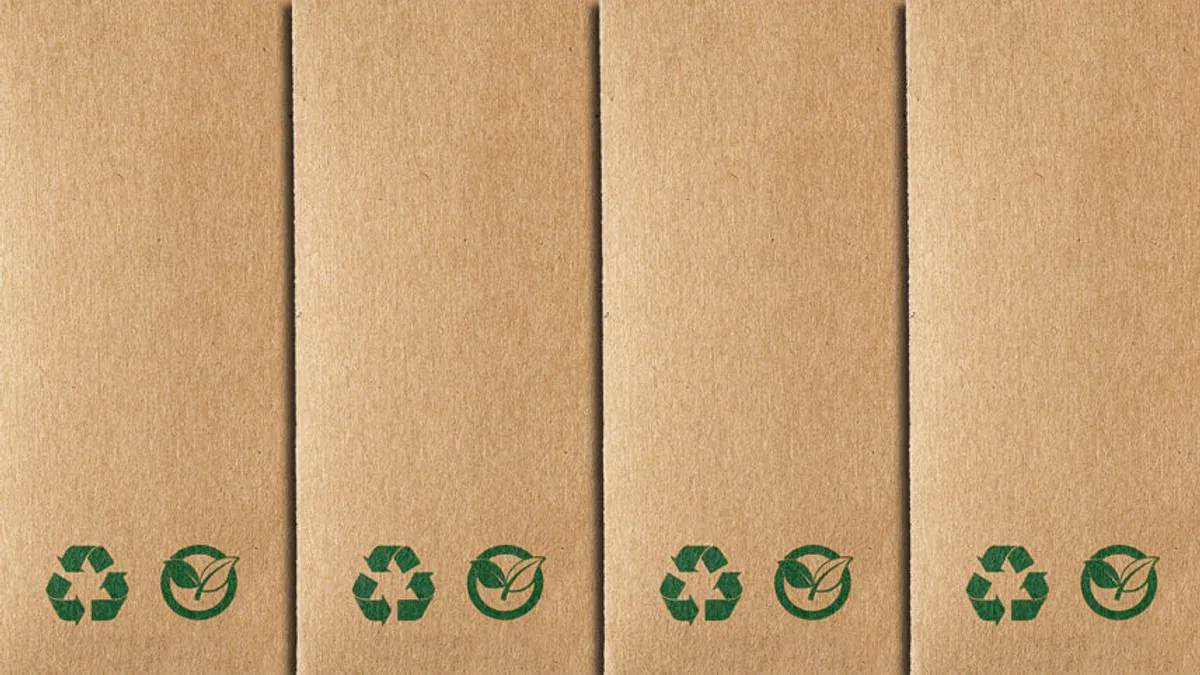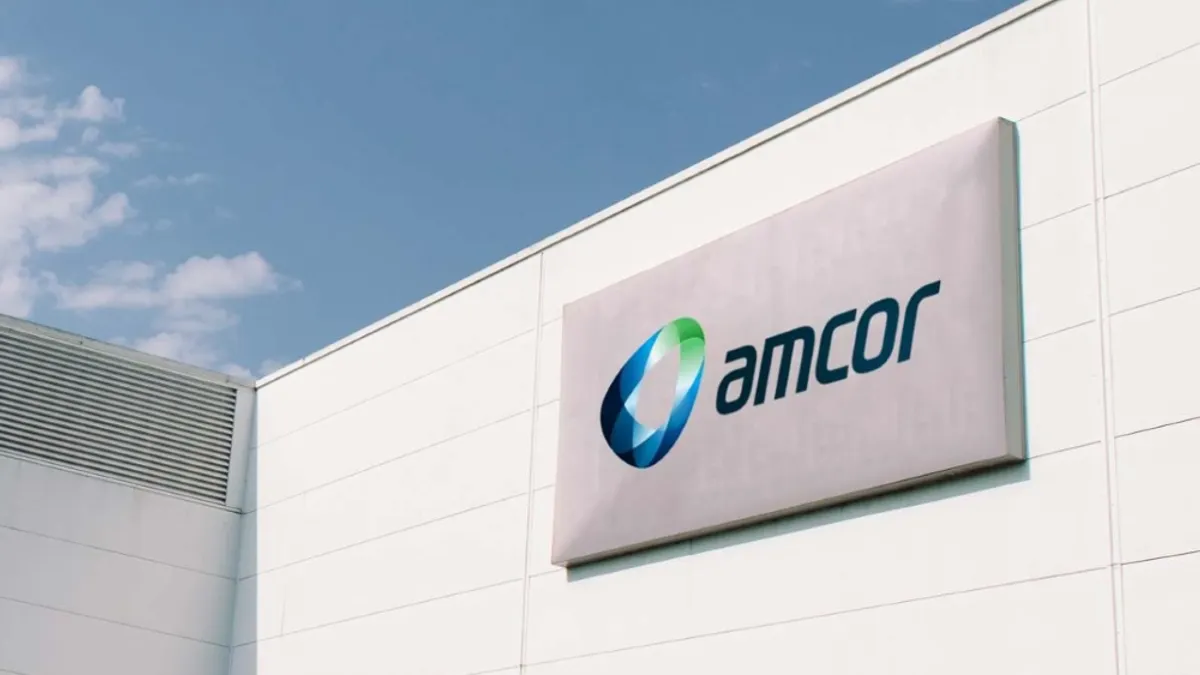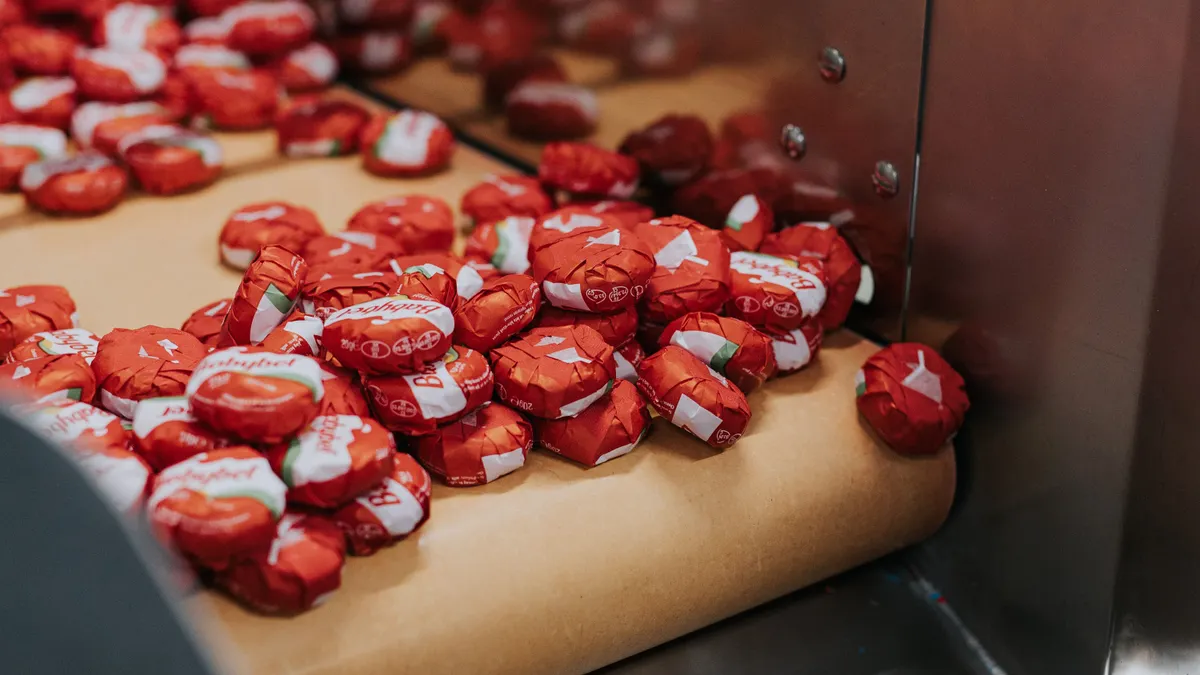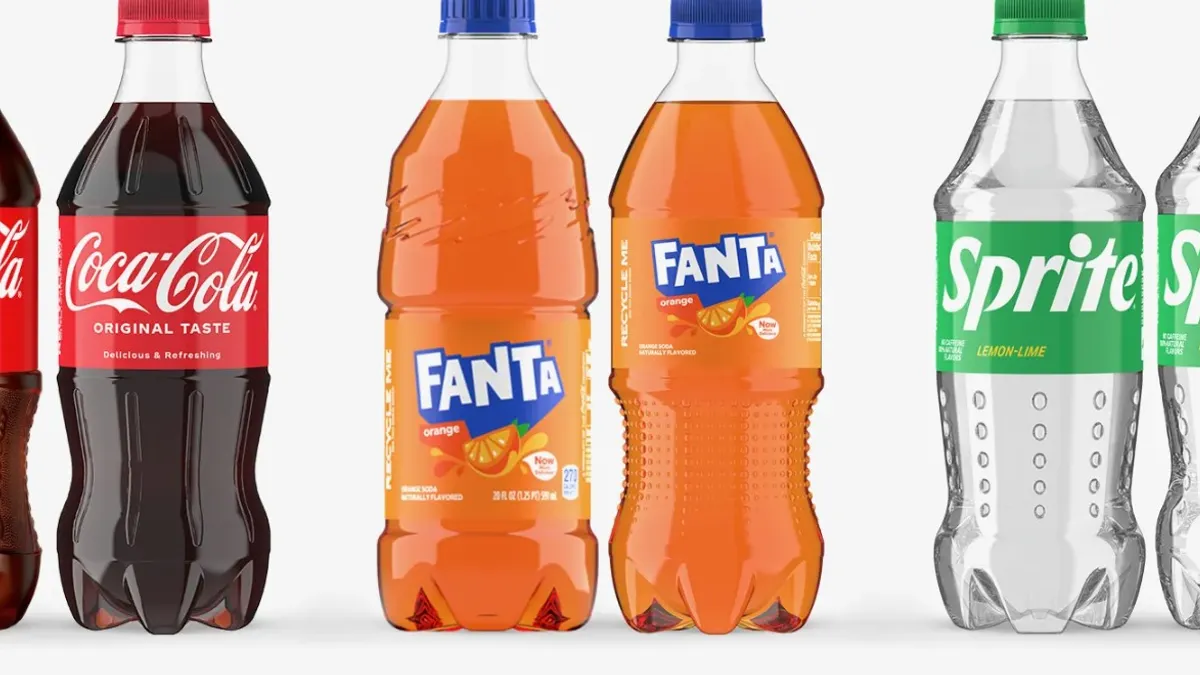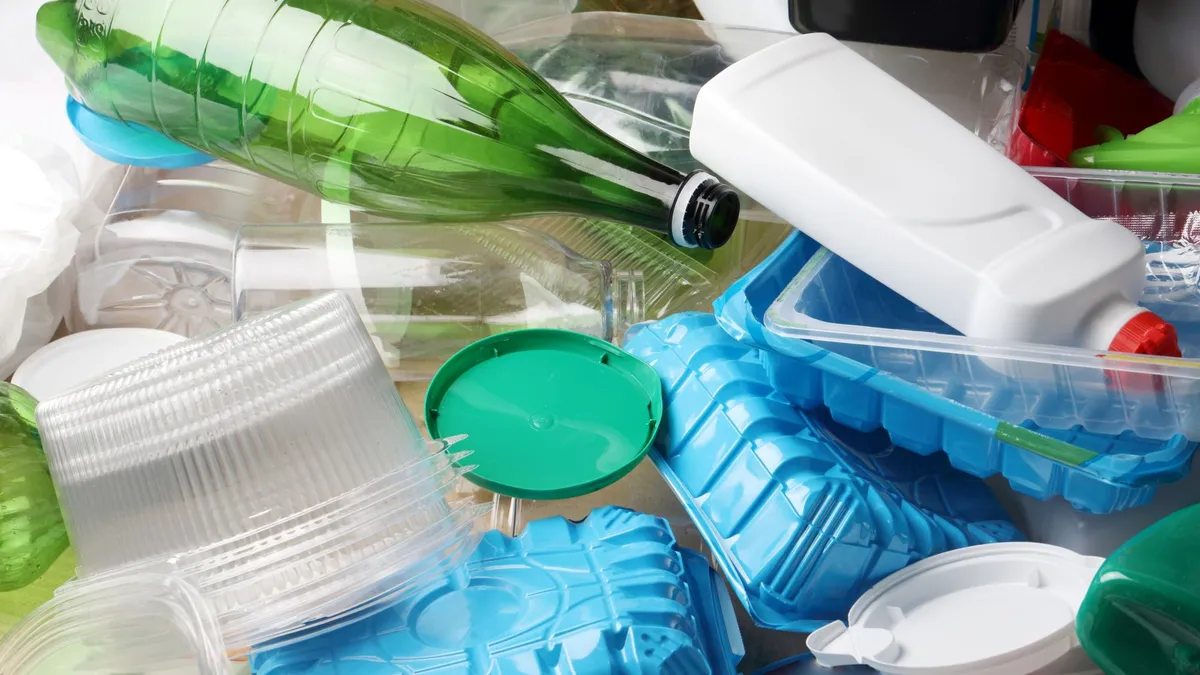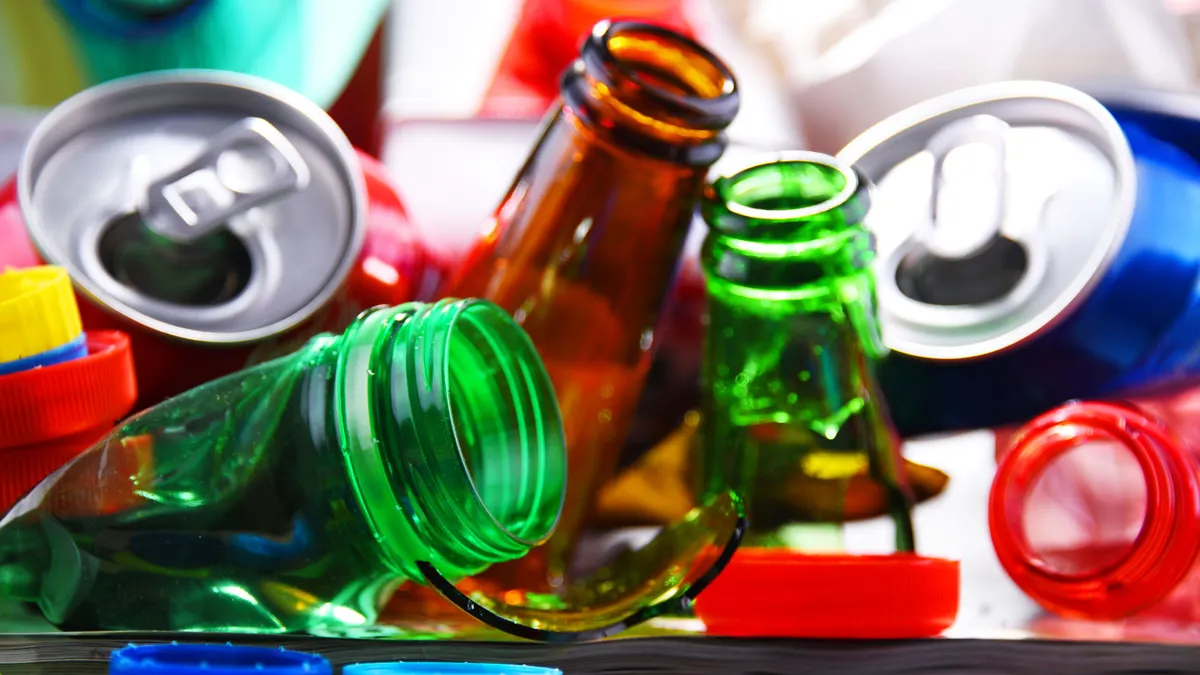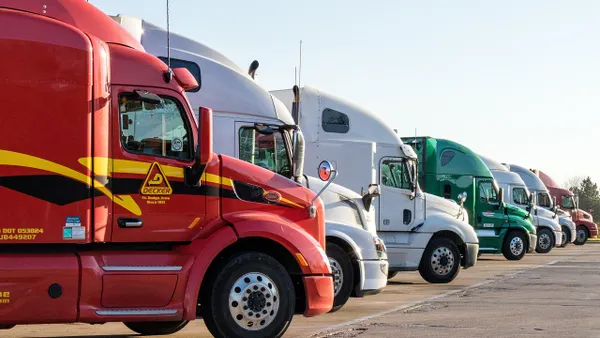While manufacturers and composters are still working through many processing questions around compostables, industry experts say leveraging this packaging in the right settings has a lot of potential. Clear labeling and consumer education will be key to its adoption and success.
“Brands should turn to compostable packaging in contexts where there is food waste or food residue associated with the packaging,” said Olga Kachook, director of the Sustainable Packaging Coalition, via email. Kachook cited food service, coffee, tea and prepackaged or prepared meals as good use cases.
In line with the U.S. Plastics Pact 2025 targets, many food and beverage brands are currently working toward replacing traditional plastic packaging with reusables or materials that can be composted or recycled. According to analysis by Data Bridge Market Research, the global compostable packaging market could grow to be worth as much as $75 billion by 2029.
Single-use compostable food service ware like plates, containers and pouches might be made from tree or plant fibers, including wheat straw or bamboo. These items can also be made from bagasse, which is left over when sugar cane is processed.
At Eco Montana, a company providing compostable food service ware, founder Heidi Noyes aims to make a positive change in the local takeout sector by replacing plastics. In addition to fiber boxes, trays and bowls, she also provides clear items made from polylactic acid resin (PLA), which is derived from corn.
Lids made from PLA closely resemble plastic and are considered helpful for food service since they allow consumers to see what’s inside a container. However, this material is not ideal for hot items. “Any hot foods are going to start those things on their way to decomposing,” Noyes said.
Noyes also highlighted a new Montana-based straw manufacturer focused on using polyhydroxyalkanoate, or PHA, derived from canola oil, which is home compostable and marine biodegradable. “They feel and look like plastic,” she said.
What ultimately matters is that the use case for compostables is “as good or better” when compared with traditional plastic, said Rich Cohen, president and founder of Illinois-based Elevate Packaging. His business provides certified compostable products including adhesive labels, coffee bags and food service gloves that can replace those made from latex or vinyl.
NatureWorks, headquartered in Minnesota, provides biopolymers made primarily from PLA and sees coffee pods as a use case with strong potential.
“It really comes down to the amount of coffee in a capsule,” said Steve Davies, who recently retired as the company’s vice president, for performance packaging. He explained that there is typically six times as much coffee as packaging, by weight, and this enhances the importance of ensuring that organic material is recovered in the composting stream.
But downstream barriers remain and many Americans still lack adequate access to composting.
“Brands should look for ways to support consumers in advocating for this type of access so that composting for both food waste and certified compostable packaging can be as accessible and familiar as curbside recycling in more communities,” said Kachook. She added that municipalities also play an important role “in helping to educate consumers about composting as the "other recycling" program, and to teach them about the connection to climate change, soil health and regenerative agriculture.”
Large-scale in-person events — where single-use food service items are frequently used, though reusable ware is also on the rise — are considered ideal for implementing compostable packaging standards and overcoming the infrastructure access barrier.
“We really think the sweet spot for [food service ware] is in a closed loop venue, like a sports stadium,” Davies said. Where venues can move to entirely compostable products, there won’t be any confusion for guests about how and where to dispose of items.
As events adopt new practices this can also help instigate change on a local level. Noyes referenced one example: a farmers market in Montana that was able to nearly eliminate waste in just one year, thanks to mandating compostable packaging for all vendors.
“There’s just so many events that are doing it, that some vendors are just switching over to compostables, instead of running two kinds of containers,” she said.
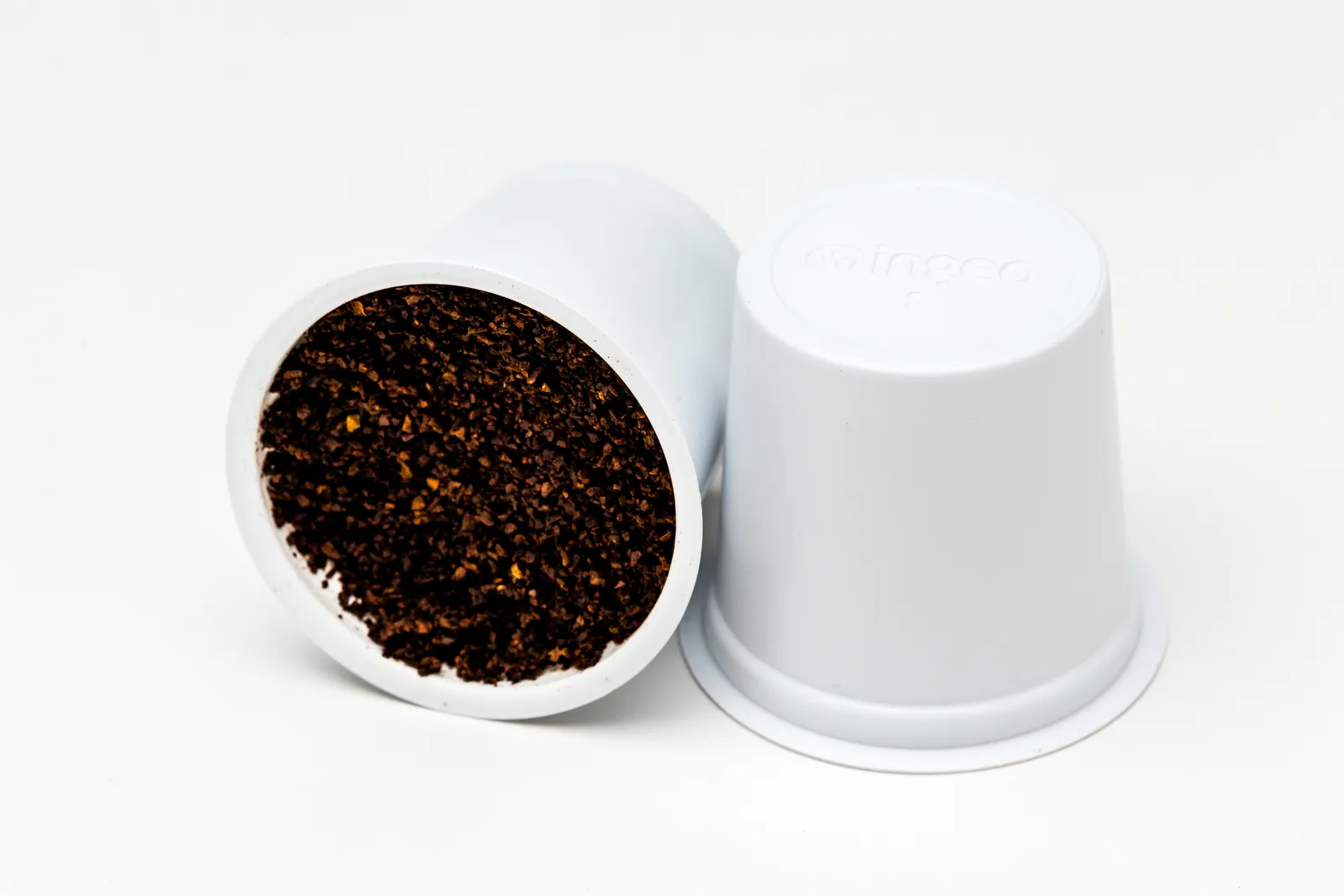
Clearer labeling is key
In addition to finding the right settings to use compostables, clearer labeling remains an important frontier for improving the diversion of this packaging.
The US Composting Council and BPI recently released a set of guiding principles to inform model legislation for labeling compostable products. Task force members agreed that distinguishable elements such as tinting and certification logos should be used.
A report that was a joint project between BPI and Closed Loop Partners’ Composting Consortium, which counts PepsiCo and Kraft Heinz as partners, tested design combinations across 10 compostable packaging product categories.
“Our study found that if packaging is made of a biopolymer material that looks or feels like conventional plastic, green tinting improved recognition of compostability by 20%,” said Paula Luu, senior project director at the CLP’s Center for the Circular Economy via email. The use of a larger “compostable” label callout and the BPI certification mark were also important elements in helping consumers to identify compostable packaging.
Clearer labeling is one element that could help to mitigate the gaps in consumer understanding. The report also found that almost half of more than 2,700 U.S. survey respondents had difficulty distinguishing between the terms “compostable” and “biodegradable.” All compostable items are biodegradable, but for an item to be considered compostable, it must disintegrate into non-toxic elements within a specific timeframe.
Brands with sustainability goals to make their packaging recyclable or compostable are also affected by factors like inadequate collection and processing of both conventional plastic and compostable packaging, as well as poor consumer education.
The report found that 28% of respondents would place compostable items in a recycling bin, potentially causing contamination of the recycling stream that is costly to remediate. Plus, a third of respondents were incorrectly directing items designed for industrial composting to their home composting bins, where in most cases temperatures will not be high enough to effectively many food service ware items.
Some consumers in the survey also mistakenly believed that all compostable materials will decompose in a landfill. But the required levels of oxygen, moisture and microbes are lacking in landfills and organic waste is a substantial source of methane from these sites. Analysis from the U.S. EPA found that 58% of the fugitive methane emissions from MSW landfills come from food waste.
“If you pack something that tight, with piles and piles of tons of garbage, it’s not going to decompose ... Composting is a process, just like recycling is,” said Cohen, who is concerned that too much compostable packaging ends up in landfill. “All of this packaging is expensive garbage unless it gets composted.”
Growing demand
Scaling these best practices will be critical as multiple trends drive demand for compostables in the years ahead.
Surveying suggests consumers are enthusiastic about brands adopting compostable packaging. According to research cited in a paper by the Sustainable Packaging Coalition, 71% of Millennials feel positive toward companies that only use packaging that is compostable, whilst another source cited in the paper found that 60% of surveyed consumers called compostable packaging “extremely or very eco-friendly.”
Regulatory pressure is another factor driving the shift away from hard-to-recycle packaging materials. Kachook noted that Washington, Vermont and California are among the states that now require some form of food waste diversion through composting, which in turn can grow demand for compostable packaging. California’s extended producer responsibility law is also another example of regulation that could drive growth for compostable packaging in the U.S. during the years ahead.
More broadly, it’s unclear how prominently the compostable category will feature in the plans of brands seeking to meet voluntary sustainability targets or pledges.
Many multinational food brands and retailers have commitments in this area, said Davies, “and yet progress is slow.” He pointed out that in the recycling space many things which are labeled recyclable are not in fact recycled. “What we don’t want to see, some years ahead, is a lot of things labeled as compostable and yet not composted.”
One such company taking action is Keurig Dr Pepper. The company has pledged to make all of its packaging recyclable or compostable by 2025, with a goal to launch a coffee pod that is both home compostable and industrial compostable.
“We are making progress — KDP’s in-development pod has passed both TUV home compostable and BPI industrial compostable certifications,” a spokesperson said via email. “A next step in our journey includes understanding the potential for our pods to degrade in a wide range of composting environments.”
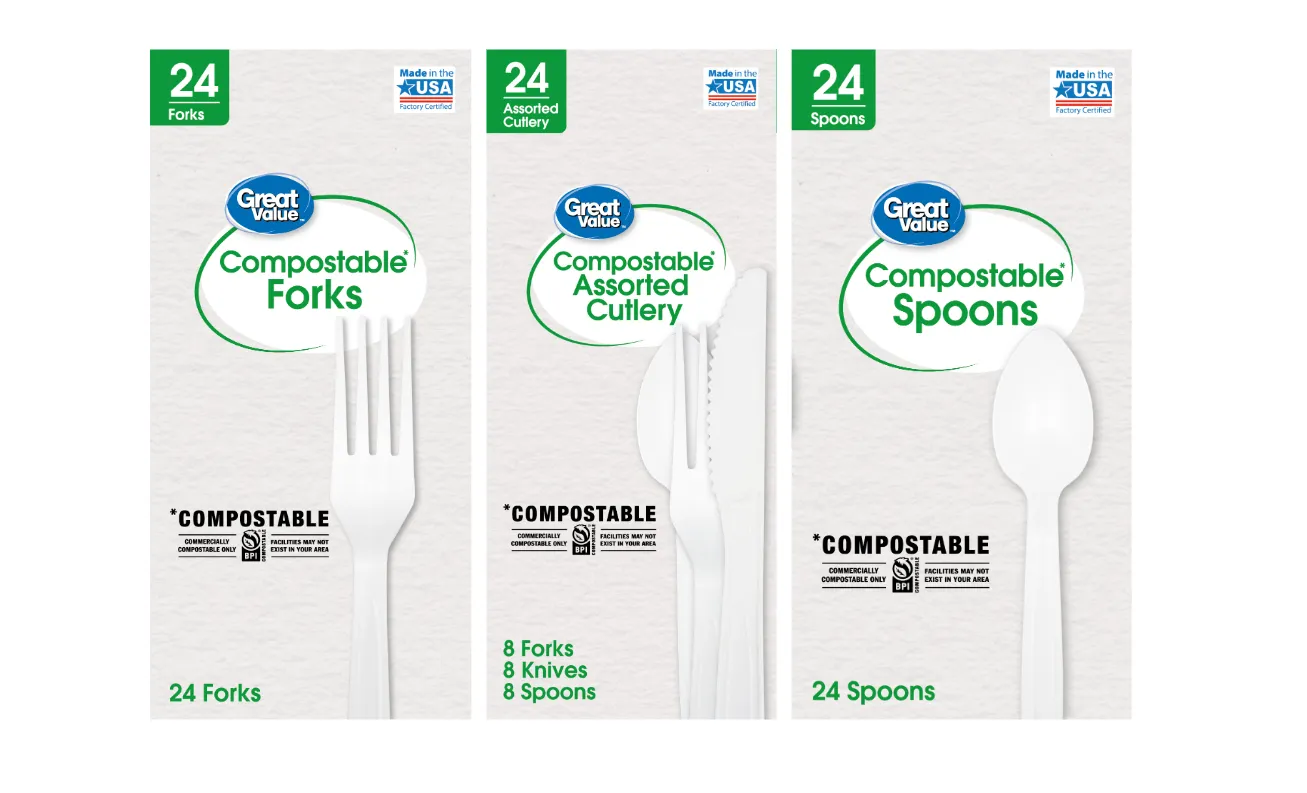
Other businesses keen to demonstrate their commitment to compostable products include Walmart, which recently added compostable cutlery to its Great Value brand in a bid to demonstrate to customers that sustainable items can be affordable. And compostable packaging company TIPA and InstaBrew recently announced that their partnership has resulted in bringing 1 million compostable sachets to the instant beverage market so far.
Demand from brands making the shift to compostable packaging could also help producers to scale faster. Plus, falling costs for some compostable items might soon make them a viable option for a broader range of companies.
Noyes reported in mid-October that Eco Montana had seen “a major price decrease from one of our big manufacturers.” This allows Eco Montana to keep prices lower for customers. Even before the price decrease, Noyes added, her company was seeing growth, but when prices for compostables are kept closer to conventional plastics, it helps.
“We are seeing more new companies come to us,” she said. “They see other restaurants, other caterers, other people using it, and when they start up their own business, they don’t want to be the new people that have plastic or styrofoam.”

